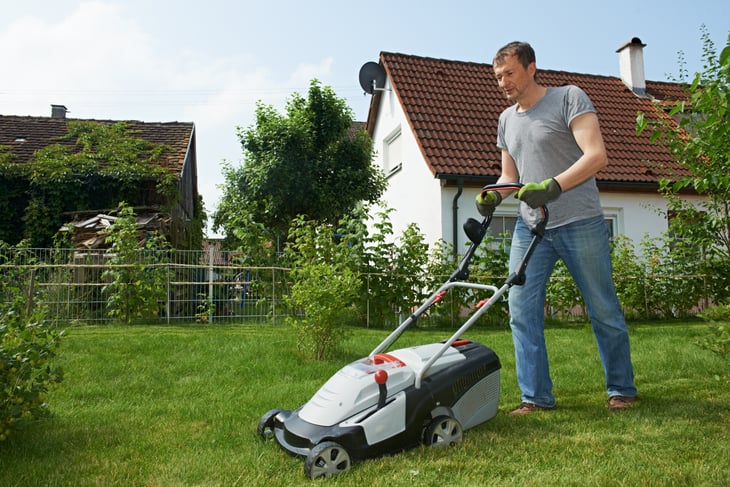
Editor’s Note: This story originally appeared on LawnStarter.
How well did you pay attention in high school chemistry? You probably never guessed pH would one day affect your front lawn. That’s where liming comes in, and we’ll show you why and how to lime a lawn.
If your yellow lawn isn’t responding to fertilizers, it might need a lime treatment. Why? Because when the soil becomes too acidic, it limits the availability of plant nutrients.
Adding lime raises the pH and improves the availability of nutrients. How much lime you apply depends on the results of a laboratory soil test. (Don’t worry, you won’t be graded on anything.)
What Is Lime?
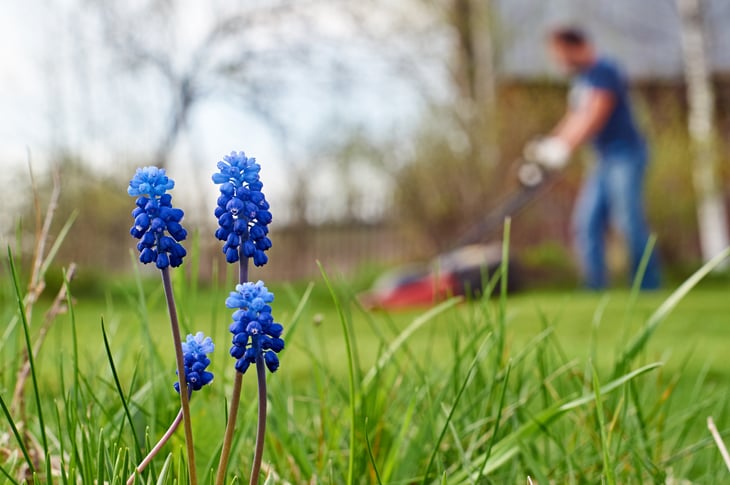
Lime is a soil amendment made from ground limestone, which contains calcium carbonate and sometimes magnesium carbonate. Applying lime to the lawn raises the soil’s pH level, making it less acidic and more alkaline.
What Is Soil pH?
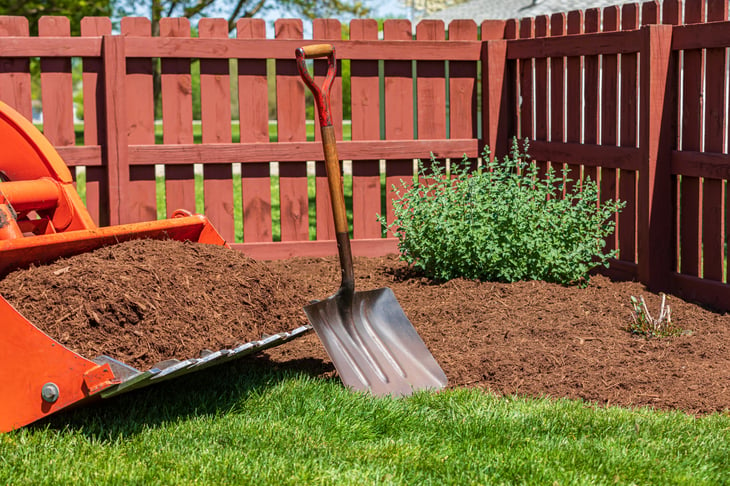
Time to think back to your chemistry lessons: Your lawn’s soil can be classified as acidic, neutral, or alkaline, which can be described by a pH value ranging between 0 and 14. A pH value below 7.0 is considered acidic, a value of 7.0 is neutral, and a pH above 7.0 is alkaline.
Why Is Liming Important?
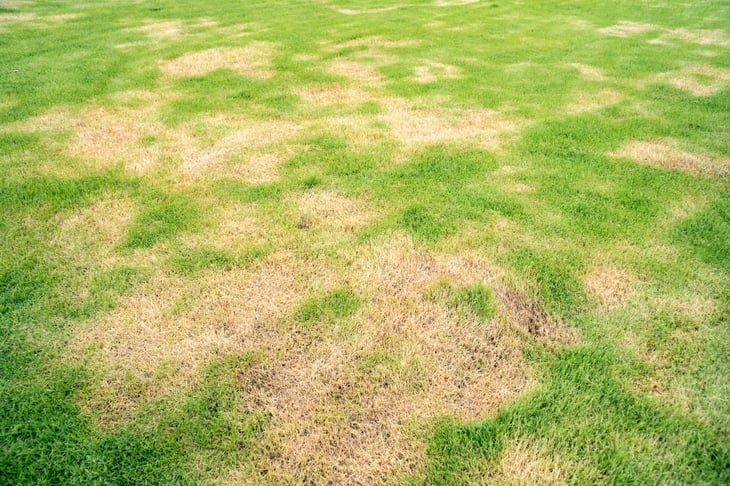
When the lawn’s soil becomes too acidic, the general lawn health declines. Adding lime to the yard raises the pH level and brings it closer to neutral.
Most turf grasses require a pH level between 6.0 and 7.0 (although centipedegrass won’t need lime treatment unless its pH falls below 5.0).
Strongly acidic soils, which have a pH less than or equal to 5.5, are prone to the following deficiencies:
- Reduced nutrient uptake. Liming the lawn helps make the nutrients more available.
- Increased weed growth. Lawn weeds can outcompete your grass and take over the yard if you’re not careful.
- Reduced effectiveness of some turfgrass pesticides.
- Reduced soil microorganisms that help break down and make available certain nitrogen fertilizers. These microorganisms also help decompose thatch. Excess thatch can lead to lawn diseases and pests.
- Increased availability of aluminum and manganese, which can be toxic to lawn grass.
How to Lime a Lawn
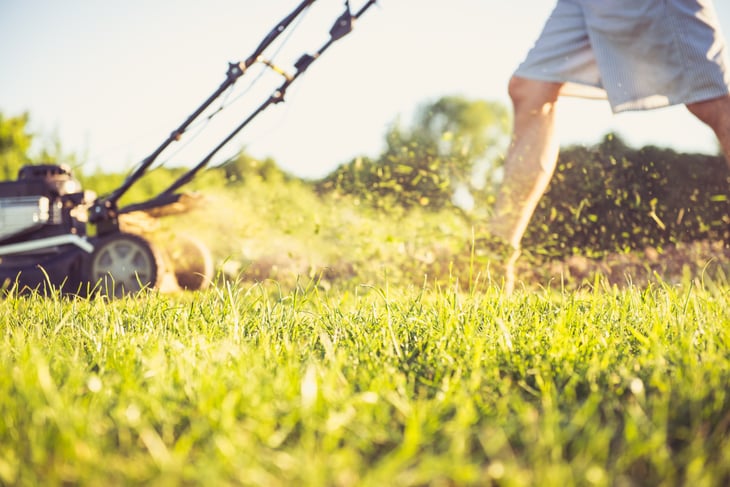
Liming a lawn is very simple and similar to spreading fertilizer. The first step is to conduct a soil test. Once you determine how much lime you need to apply (if any), spread the lime with a fertilizer spreader.
Step 1: Conduct a Soil Test

Although DIY soil test kits are available, they won’t provide you with information about liming your lawn. The results might reveal your soil’s pH, but they won’t indicate the right amount of lime for your specific soil type.
Here’s what you can do instead: Send a soil sample to your local soil testing laboratory. Several universities and Cooperative Extension offices offer laboratory soil testing. Visit their website to learn more about preparing and delivering a soil sample.
Soil test results will reveal how many pounds of liming material to apply per 1,000 square feet.
Step 2: Calculate How Much Lime You Need
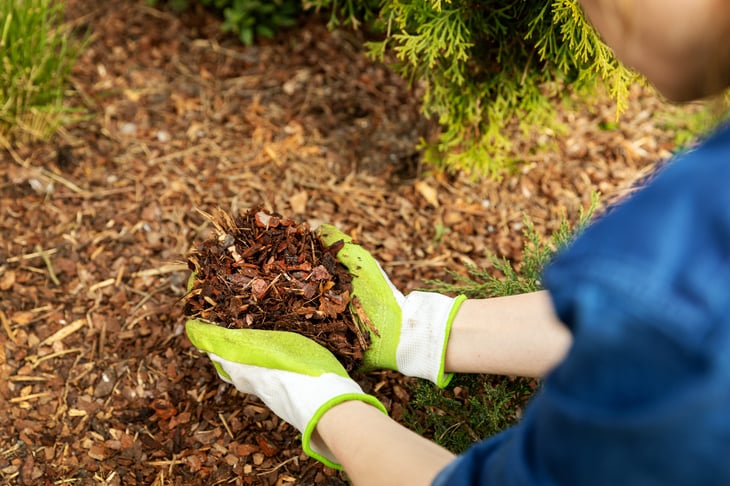
We asked if you paid attention in chemistry class, but did you also pay attention in math class? You may need to make a few calculations when determining how much liming material you need. Why? Because lime varies in purity, and how much lime you apply will depend on its purity.
Most laboratory soil tests base their recommended lime amount on a liming material with the same neutralizing potential as pure calcium carbonate.
For example, if a soil test recommends 25 pounds of liming material per 1,000 square feet, it assumes that you will use a liming material that will raise the pH the same amount as 25 pounds of pure calcium carbonate per 1,000 square feet would.
A liming material that increases the pH the same amount as pure calcium carbonate is considered to have a “calcium carbonate equivalent” (CCE) of 100%.
If your lime product does not have a CCE of 100%, then you’ll need to adjust the amount you apply. The CCE is displayed on the lime packaging as a percentage.
Here’s how you would determine how much lime to apply:
(Soil test recommendation of pounds per 1,000 square feet / CCE percentage) X 100 = liming material required
For example, let’s say a soil test recommends 25 pounds of lime per 1,000 square feet, but the liming material you have has a CCE of 90%. Here’s how you would calculate the amount of liming material you need:
(25 pounds per 1,000 square feet / 90 CCE) X 100 = 27.8 pounds per 1,000 square feet of actual liming material.
Never apply more than 50 pounds of liming material per 1,000 square feet in a single application. If the soil test recommends more than 50 pounds or your calculated adjustment is above 50 pounds, apply half of the amount in spring and the other half in fall.
Step 3: Choose Your Spreader
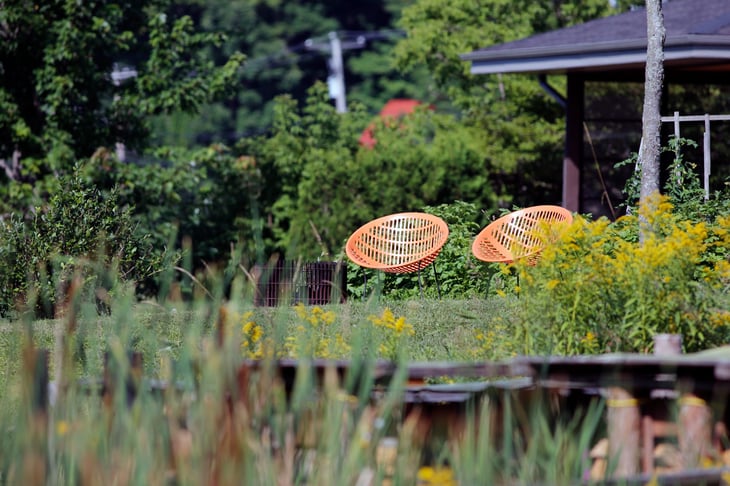
Now that you know how much lime you need, it’s time to choose an application method. If you’re using pelletized lime, a drop spreader or broadcast spreader can work well.
If you’re applying pulverized lime with fine particles, there are disadvantages to both a drop spreader and a broadcast spreader, so you’ll need to figure out which one works best for you.
The PennState Extension warns that finely ground, pulverized lime can clog the spreader outlets and recommends using a broadcast spreader as long as you frequently stir the hopper. On the other hand, the University of Arkansas Cooperative Extension recommends spreading pulverized lime with a drop spreader instead of a broadcast spreader.
The bottom line: Drop spreaders and broadcast spreaders apply pelletized lime with ease, but pulverized lime may require trial and error. Some homeowners may prefer one type of spreader over the other for their pulverized lime.
Step 4: Dethatch and Aerate (If Needed)
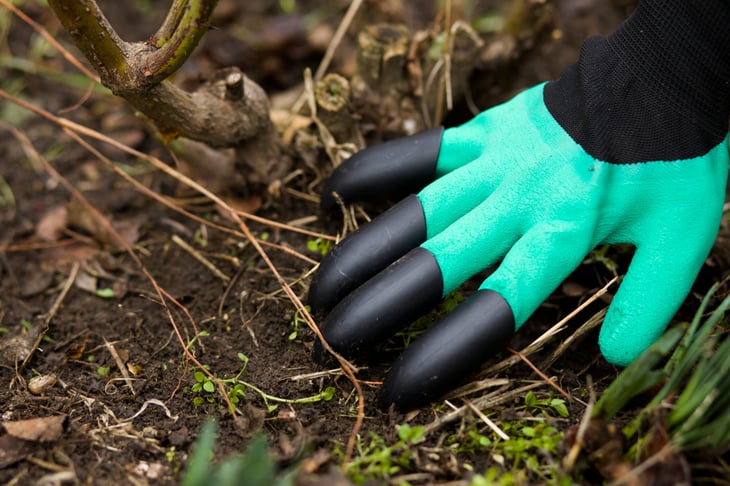
Your lawn won’t absorb the lime if a thick thatch layer is blocking the soil or if the soil is too compact. Remove thatch from your lawn with a dethatcher and relieve compact soil with an aerator before adding your lime. Dethatching and aeration will loosen up and expose the soil, making it more accessible for the lime.
Keep in mind that you may need to perform this step in a different season from when you apply the lime. Here’s why:
The best time to lime your lawn is in the fall. However, warm-season grass shouldn’t be aerated and dethatched in fall. Either dethatch and aerate your warm-season lawn in late spring and follow up with lime OR perform the tasks in late spring and wait until fall to apply the lime.
The timing is easier with cool-season grass because fall is the best time to aerate, dethatch, and lime cool-season lawns.
Dethatch the lawn before performing aeration.
Step 5: Apply Lime in a Criss-Cross Pattern
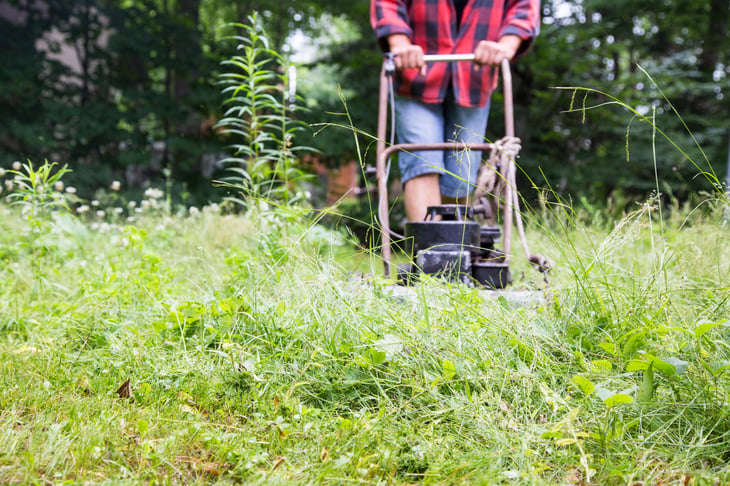
With your drop or broadcast spreader in tow, spread the lime as you would your lawn fertilizer. Set the spreader to release half of the lime and then push the spreader across the lawn, creating rows north to south.
Once you’ve covered the whole lawn with rows going north to south, apply the remaining half of the lime in rows headed east to west. This criss-cross pattern ensures uniform coverage across the entire lawn.
Step 6: Water the Lawn
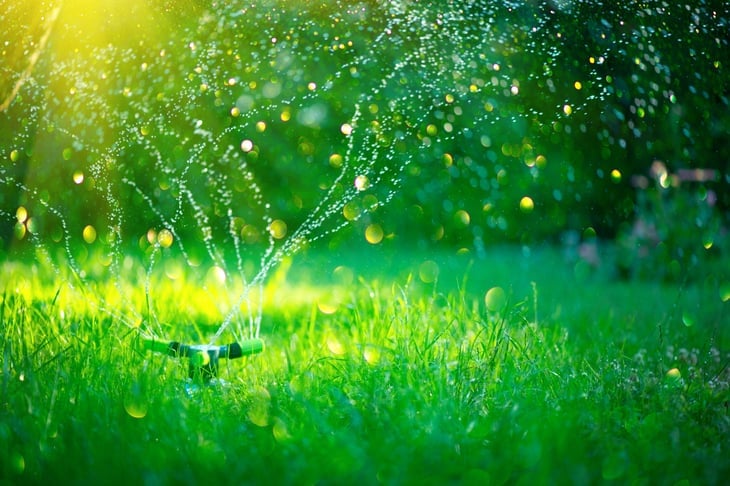
Leaving the lime on your lawn can burn your grass. Water the yard to help the soil absorb the lime.
